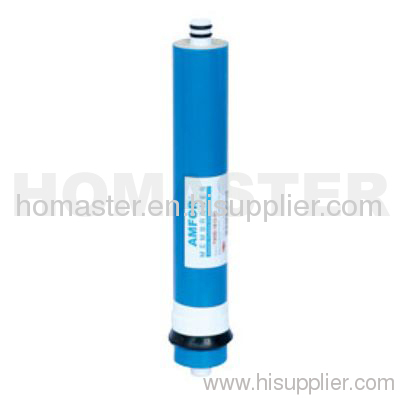
|
Ningbo Homaster Electrical Appliances Co., Ltd.
|
Gold Index: 28979
Product (329)
- Aqua Valve And Metal Cradle (9)
- Mini Water Dispenser (6)
- Cup Dispenser (9)
- Water Pump (10)
- Water Bottle Handle (3)
- Water Purifier (53)
- Water Pitcher (12)
- Pipeline Drinkable RO Water Dispenser (14)
- Desktop Water Dispenser (5)
- Vertical Water Dispenser (13)
- Accessory for Water Filtration (45)
- Filter Cartridge (75)
- Stainless Steel Filter (18)
- Water Filter (23)
- RO/UF Filtration (29)
- Coffee Machine (2)
- Kitchen Appliance & others (3)
blog (7)
Certificates (1)
Credit Report
Products Index
Company Info
Ningbo Homaster Electrical Appliances Co., Ltd. [China (Mainland)]
Business Type:Manufacturer, Trading Company, Agent
City: Ningbo
Province/State: Zhejiang
Country/Region: China (Mainland)
blog
RO membrane in Water and wastewater purification

Rain water collected from storm drains is purified with reverse osmosis water processors and used for landscape irrigation and industrial cooling in Los Angeles and other cities, as a solution to the problem of water shortages.
In industry, reverse osmosis removes minerals from boiler water at power plants. The water is boiled and condensed repeatedly. It must be as pure as possible so that it does not leave deposits on the machinery or cause corrosion. The deposits inside or outside the boiler tubes may result in under-performance of the boiler, bringing down its efficiency and resulting in poor steam production, hence poor power production at turbine.
It is also used to clean effluent and brackish groundwater. The effluent in larger volumes (more than 500 cu. meter per day) should be treated in an effluent treatment plant first, and then the clear effluent is subjected to reverse osmosis system. Treatment cost is reduced significantly and membrane life of the RO system is increased.
The process of reverse osmosis can be used for the production of deionized water.
RO process for water purification does not require thermal energy. Flow through RO system can be regulated by high pressure pump. The recovery of purified water depends upon various factors including membrane sizes, membrane pore size, temperature, operating pressure and membrane surface area.
In 2002, Singapore announced that a process named NEWater would be a significant part of its future water plans. It involves using reverse osmosis to treat domestic wastewater before discharging the NEWater back into the reservoirs
Pre Page:
Ultrafiltration membrane
Next Page:
Reverse osmosis Membrane


